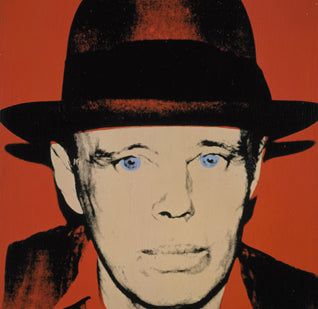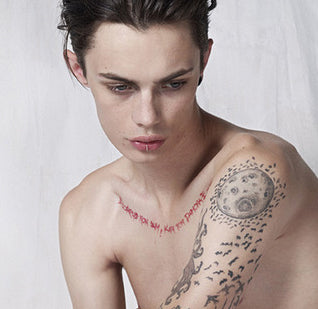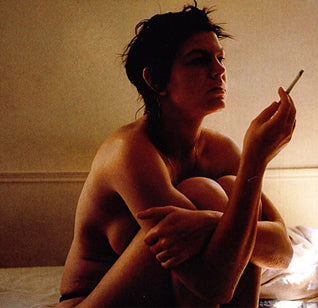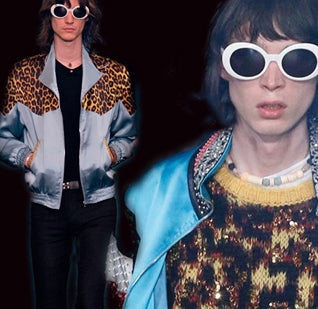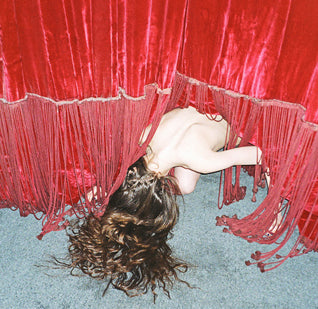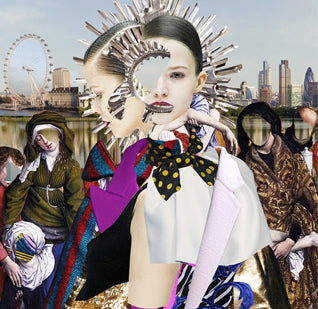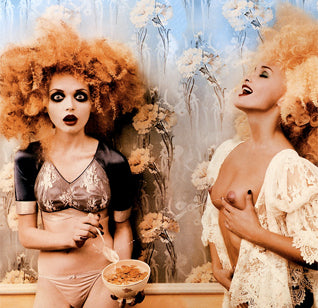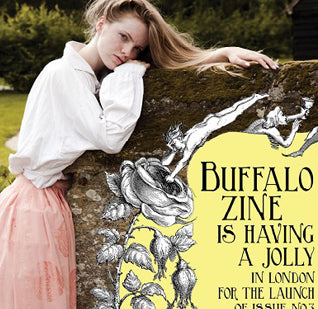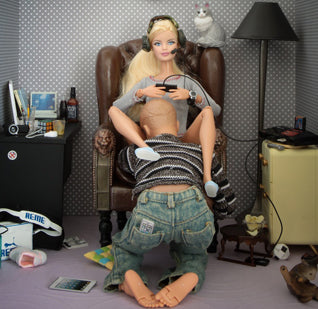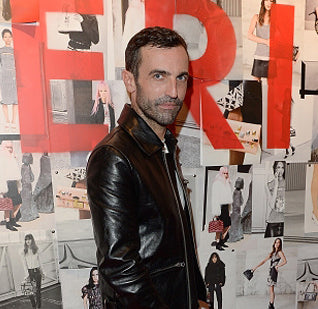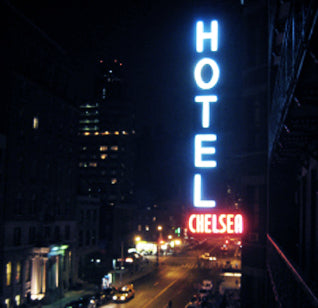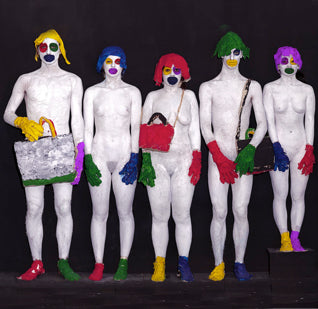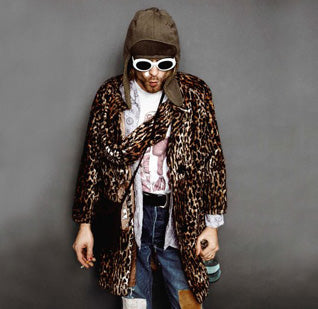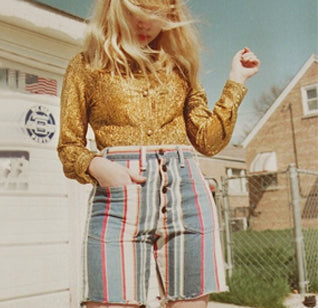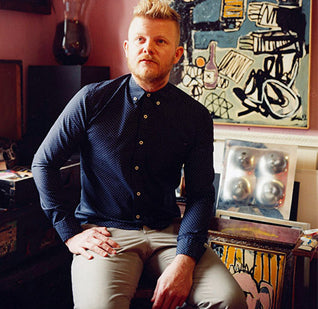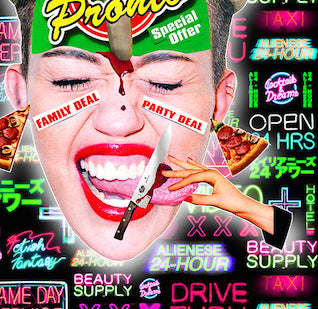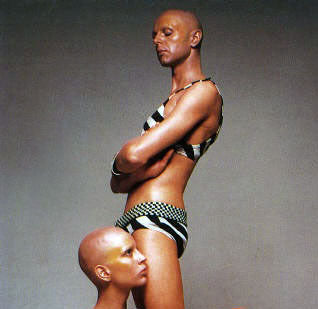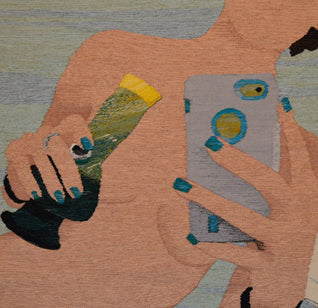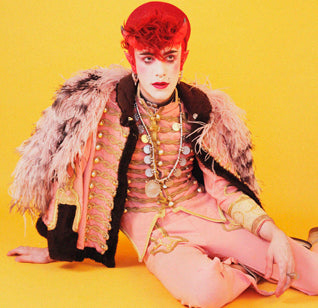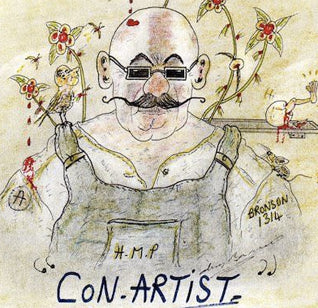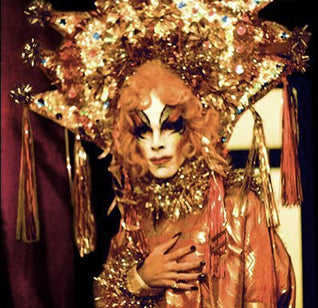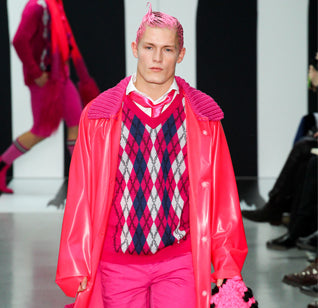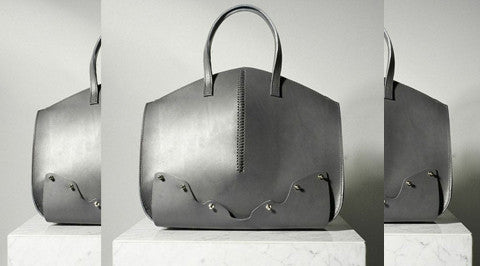STYLE SPIES
Cool hunters suck the life out of street trends; killing British eccentricity
by Emily Hodgkin
The trickle-up effect is a cultural phenomenon which sees the dictation of trends by fashion houses flipped on its head. Trends emerging from the working class, bred in nightclubs or on the streets, are picked up by traditional arbiters of style and work their way up into collections and high street retailers. Even the simple white T-shirt, a style staple, started out as a practical item worn by workmen.
Cool hunters, who emerged in the 90s as a new breed of marketing professionals, are now largely employed in-house or by research agencies to spot the next big thing to hit popular culture. Trend forecasters look away from the catwalk, observing the arbiters of the avant-garde, ready to capitalize on individual style.
Stealthier than other forms of marketing, corporations often hire individuals to go “undercover”, looking out for leaders and trendsetters in demographics they call “stubborn” due to their discerning nature and desire to set themselves apart. Payment is offered for information about trends and style innovations, causing those with real street style to lose their individuality and see it sold across the world in major retailers like H&M and Louis Vuitton.

It is easy to spot an example; take the brothel creeper. Characterised by thick crepe soles, this footwear saw a rise in popularity on the street around 2009 and, not two years later, the shoes were sent down the runway by Miuccia Prada and Christopher Bailey for Burberry. Monetized and absorbed by the mainstream, the style was no longer the mark of an individual but a symbol of fashion conformity.
Alternatively, see Rihanna’s reinvention, guided by stylist Mel Ottenberg. The Barbadian singer’s penchant for BOY London as well as her undercut hairstyle, beanies and slogan Ts, 80’s style hi-rise denim and the marijuana motif she has enthusiastically embraced are a perfect paradigm of assimilating street style for commercial gain.
Now, when all fashion impresarios are glued to their iPhones, instagramming and tweeting, fashion has become an exercise in look-at-me, shock tactics. When taste is measured in “likes”, eye-grabbing styles are the way to notoriety. As NY Times writer Suzy Menkes put it in her article, ‘The Circus of Fashion’, pundits are no longer thought of as “crows”, hovering outside fashion shows in a uniform of black. These days, outfits outside the shows are just as colourful and extravagant as those on the catwalk – they may even be more influential.
Now, when all fashion impresarios are glued to their iPhones, instagramming and tweeting, fashion has become an exercise in look-at-me, shock tactics.
With the equalizing effect of technology, one well-dressed enthusiast at Fashion Week can compete against editors for admiration and exposure amongst the international fashion jury of the internet
London‘s role in the landscape of global fashion is to provide innovation – making eccentricity especially important. While Paris is known for haute couture and New York respected for its elegance, British style has always been paired with unconventionality.
And far from understated, the throngs outside London’s Somerset House are clad in a fusion of styles; stud-covered caps, grotesquely oversized shoes, dominatrix PVC, pom-pom jewellery, acid yellows and greens, pastel hair and futuristic visors. These looks are uploaded onto blogs, which are combed by cool-hunters honing in on trends that will sell to a cool, fashion-savvy crowd. But could the commercialisation of individual style be exhausting a pool of innovative, British design talent?
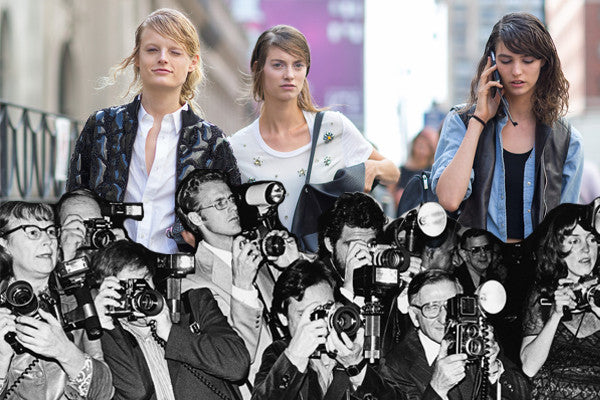
Prestigious retailers who elect to stock the work of younger, edgier designers are not forking out nearly enough for the pleasure. As Imran Ahmed reported for The Business of Fashion, commercial giants are exploiting fresh-out-of-university fledgling designers, squeezing them with ridiculously small payments and in some cases even failing to pay on time.
One unnamed, internationally renowned concept store was reported to be “asking designers to pay on “net 60 days” terms (and then stretching this out to 75 days)”. Another method is buying from designers on consignment, which means designers receive payment only after garments are sold on the shop floor. This equates to constant, stressful chasing for payment on the part of start-up businesses.
Topshop and other high street players frequently stock the collections of young designers. These stores gain a huge amount of publicity for these concessions, so the question is; in an industry generating over £21 billion a year to the British economy, how much is burgeoning British talent really worth?
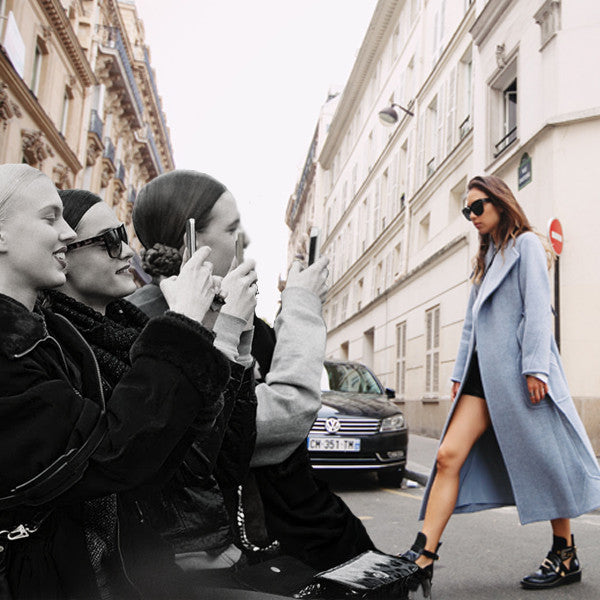
When eccentricity becomes a trend in itself, where does this leave the original eccentrics? And how can subculture recover when its style has ended up fashion-fodder for the high street? The recent popularity of street style photography, made fabulous by the likes of Scott Schuman of The Sartorialist, was a means to share individual style but maybe it has become an opportunity to steal it.
As cool-hunters continue to harvest anti establishment ideas from the street, they allow corporations to feast on individuals for ideas. Endless poaching causes style innovators to lose their sense of identity, pushing them towards outrageous outfits for shock value. British style is losing its sense of identity so to dress in a way that cannot be marketed to the masses, eccentricity must go further than ever.








